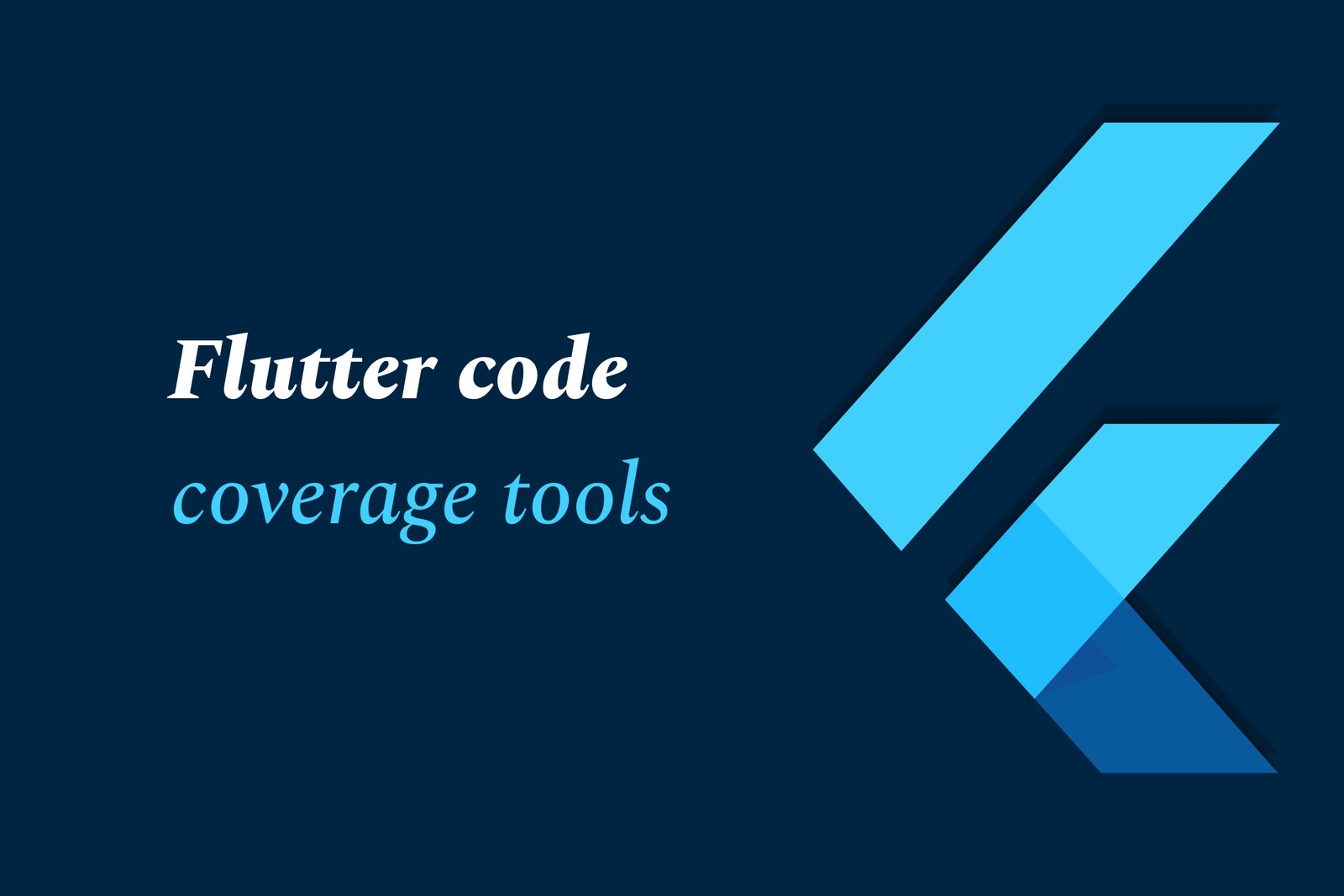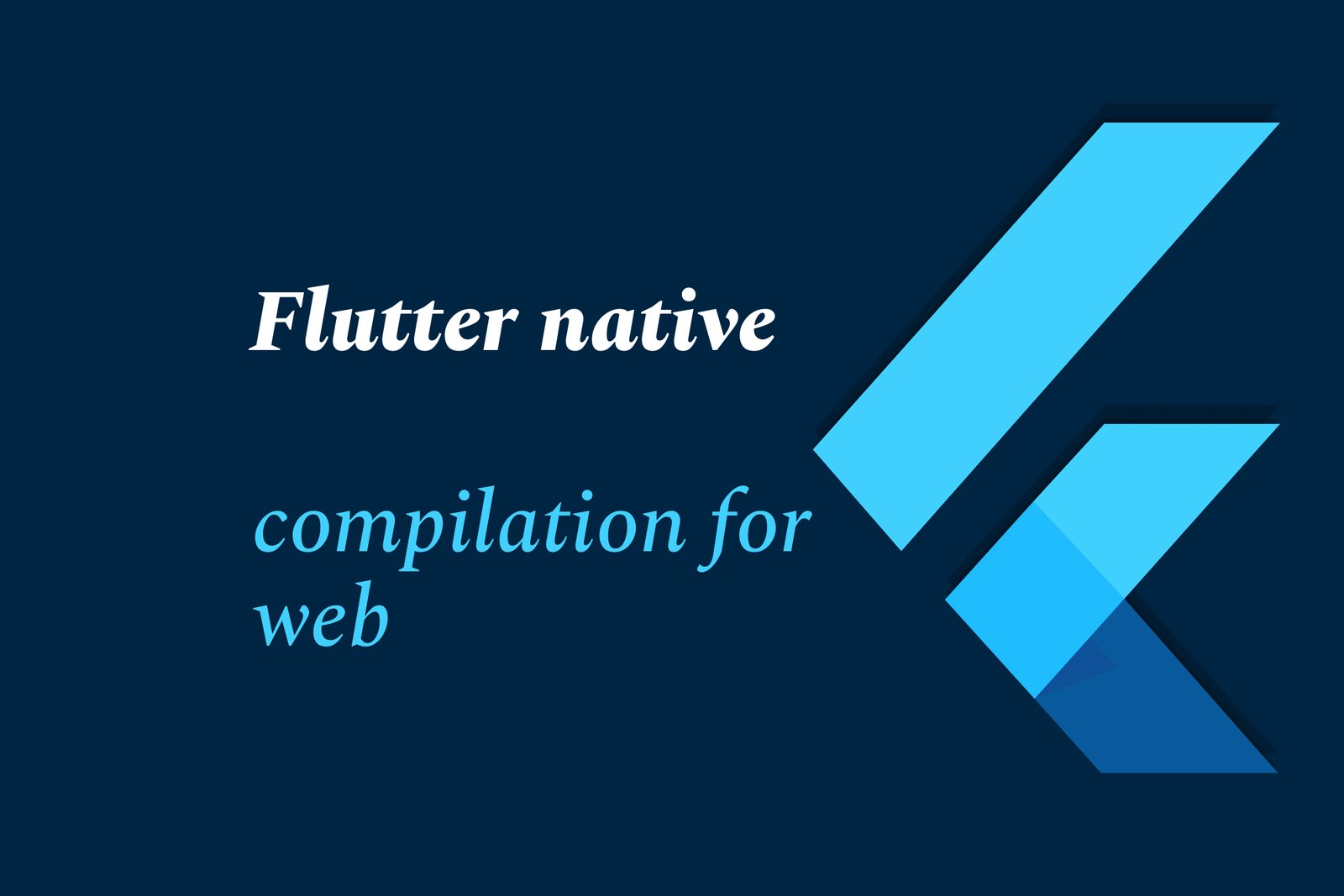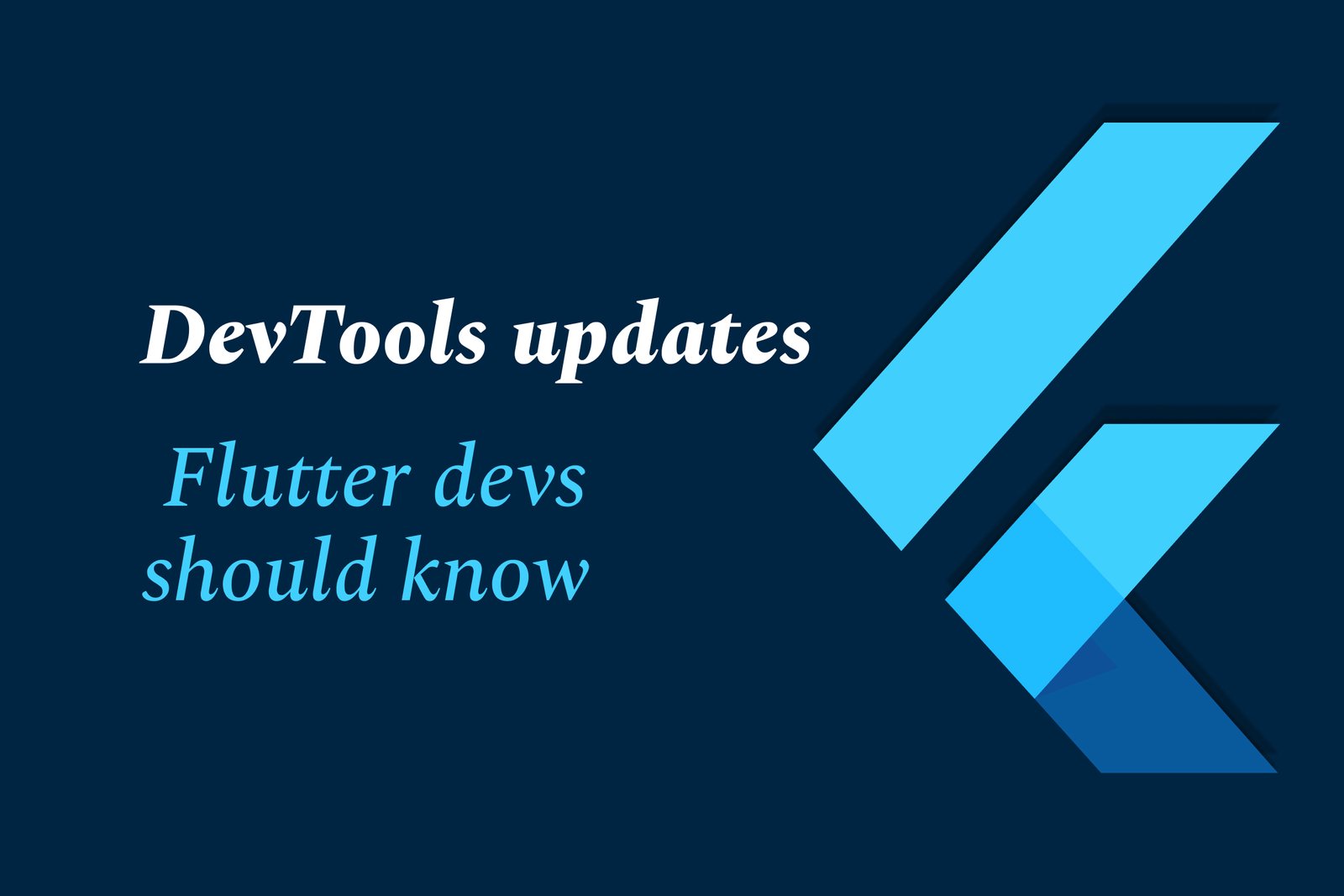Flutter Code Coverage Tools
Flutter code coverage tools measure the percentage of code executed during testing, helping developers identify untested parts. Using commands like `flutter test --coverage` and tools like LCOV and VSCode extensions, they visualize coverage to improve code quality and reliability.
Flutter code coverage tools
1 ) Understanding Flutter Test Coverage
Flutter test coverage measures the percentage of your Flutter application's code that is executed by automated or manual tests. It serves as a key metric to evaluate the comprehensiveness of your testing efforts, indicating which parts of your code are tested and which are not. Generally expressed as a percentage, higher coverage suggests better tested code and potentially fewer bugs, though coverage alone does not guarantee bug free software.
2 ) Generating Flutter Test Coverage Reports
Flutter provides a straightforward way to generate coverage reports using the built in command:
Run `flutter test coverage` to produce a coverage file (`coverage/lcov.info`).
Use the `genhtml` tool (requires installation on macOS via `brew install lcov`) to convert this file into an HTML report viewable in browsers.
The HTML report presents color coded coverage data (blue for covered lines, red for uncovered lines), allowing developers to drill down file by file.
3 ) VSCode Extensions for Coverage Visualization
To improve workflow and quickly identify untested code, two VSCode extensions are particularly useful:
Flutter Coverage Extension: Shows coverage summaries in the testing tab with icons indicating coverage health (green check for >70%, warning for 50 70%, and red cross for <50%).
Coverage Gutters Extension: Displays line by line coverage directly in the editor as green or red gutters beside the code, making it easier to spot uncovered lines during development.
Both tools consume the `lcov.info` data and require rerunning coverage commands after tests update.
4 ) Maximizing Flutter Test Coverage
High test coverage is achieved through different types of testing:
Unit Tests: Target individual functions or classes to ensure logic correctness.
Widget Tests: Verify UI components behave and interact correctly.
Integration Tests: Assess complete app scenarios, ensuring multiple components work harmoniously.
An effective strategy combines these testing levels, sometimes supported by low code automation platforms to reduce complexity.
5 ) Best Practices and Considerations
While aiming for high test coverage is valuable, it is crucial to adopt a balanced testing approach because:
Writing tests requires time and resources.
Coverage metrics alone do not confirm that tests are valid or thorough.
Combining unit, widget, integration, and even end to end tests yields robust quality assurance.
Automation tools and courses can improve testing efficiency and help maintain quality in production grade Flutter apps.
6 ) Conclusion
Flutter's tooling for test coverage, supported by commands and VSCode extensions, offers developers comprehensive insights into their testing health. Utilizing these tools alongside well planned testing strategies ensures code quality, reduces bugs, and streamlines refactoring efforts, ultimately resulting in better, more reliable Flutter applications.
https://justacademy.in/news-detail/trending-flutter-plugins-in-2025
https://justacademy.in/news-detail/dart-pub-trends-in-2025
https://justacademy.in/news-detail/flutter-for-embedded-systems-2025
https://justacademy.in/news-detail/must-have-flutter-tools-for-designers
https://justacademy.in/news-detail/new-material-3-support-in-flutter-ui-toolkit
Related Posts
Top Flutter animation packages like SpinKit, Animations, and Flutter Animate simplify adding smooth, engaging animations to apps. They offer ready-made loaders, material transitions, and versatile effects, enhancing user experience with minimal code and improved UI appeal.
Flutter AI packages are rapidly gaining traction by enabling developers to easily integrate powerful AI features like machine learning and natural language processing into cross-platform apps, boosting innovation and efficiency within the growing Flutter ecosystem.
Flutter enables cross-platform desktop app development with a single codebase, offering fast UI design, native performance, and strong community support. However, it faces challenges like larger app sizes, limited desktop-specific features, and a less mature ecosystem compared to native tools.
Flutter AI combines Flutter’s cross-platform app development with AI technologies to create smart, efficient fintech and healthcare apps—enabling fraud detection, personalized finance tips, medical imaging, virtual health assistants, and automation for improved user experience and operational efficiency.
Flutter's Linux desktop support has steadily advanced, improving performance, native theming, and integration with Linux desktop environments. Collaboration with Canonical and the community is driving better window decorations, menu support, and release-ready app builds for seamless Linux app development.
Flutter is a versatile UI toolkit by Google enabling cross-platform app development, increasingly used for Smart TVs and IoT devices. It allows building native-like interfaces for diverse platforms, streamlining development despite challenges like remote navigation and platform-specific integration.
Flutter native compilation for web transforms Flutter code into efficient JavaScript and WebAssembly, enabling fast, high-performance web apps with smooth UI rendering. This approach delivers near-native speed and consistency across browsers using a single codebase.
Flutter DevTools has been updated with enhanced performance profiling, an improved widget inspector, network monitoring, Material You theming support, faster hot reload/restart, and better accessibility tools—helping developers debug and optimize Flutter apps more efficiently.
Flutter code coverage tools measure the percentage of code executed during testing, helping developers identify untested parts. Using commands like `flutter test --coverage` and tools like LCOV and VSCode extensions, they visualize coverage to improve code quality and reliability.
In 2025, Dart Pub remains a vital hub for discovering and managing Dart packages, driven by Flutter’s growth. Trends focus on enhanced cross-platform tools, improved performance, richer libraries, and rising use in innovative apps like AR, making Dart Pub essential for versatile, modern development.









